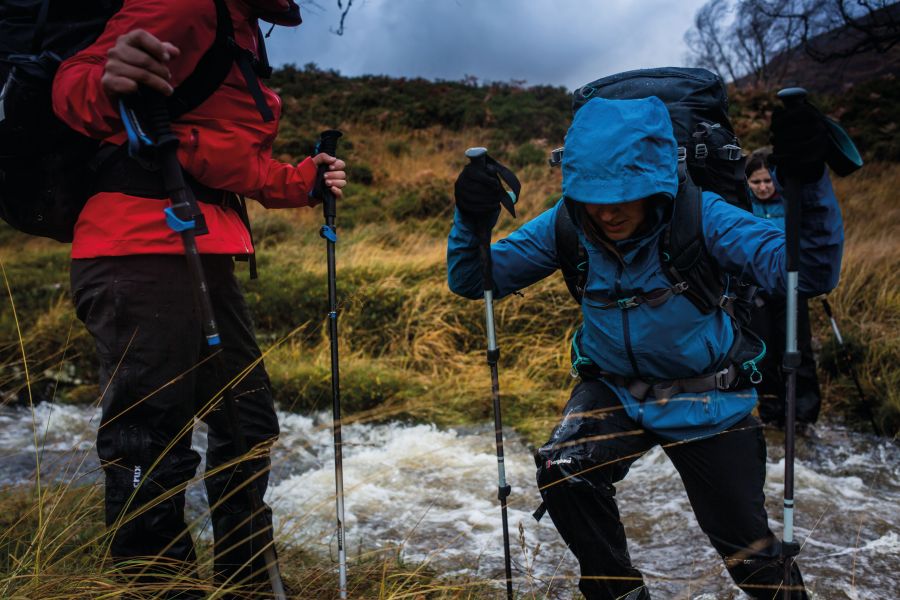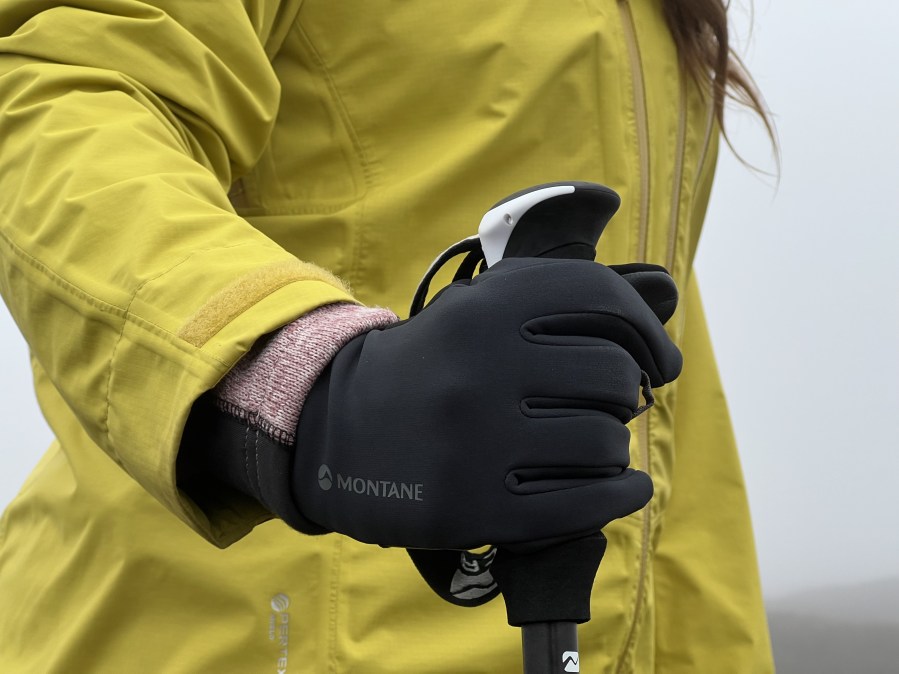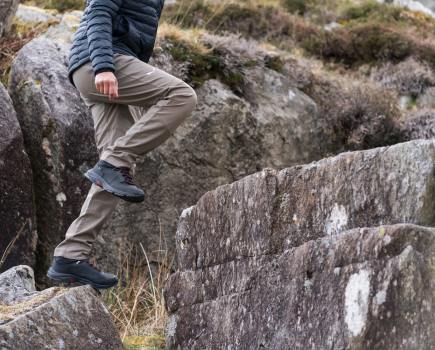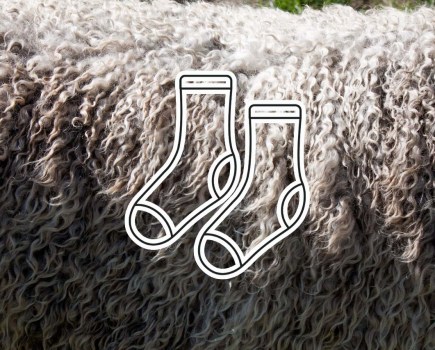Invest in your comfort and safety by giving your gloves some TLC and learning how to waterproof your hiking gloves well.
Show of hands: who has had their hands so wet in soggy gloves that they believed they’d never venture out again? With the Great British Weather being as unpredictable as it is, it can’t be just me. While cold and freezing hands might be dangerous in the mountains, wet hands will not harm you as long as they stay warm. But the pain might ruin your big mountain day, especially on cold and rainy days when proper gloves, wet or dry, are essential for insulation and wind protection. So, in this section, we’ll show you how to waterproof your hiking gloves. You’ll be an expert (ahem) at staying warm and dry in no time.
Words: Francesca Donovan | Main image: Francesca Donovan
Most winter gloves for hiking are designed primarily to keep your hands warm and functional but, thanks to fabric innovations, many also offer waterproof or water-resistant qualities.
However, in torrential rains, even the hardiest alpine gauntlet can have vulnerabilities to moisture through seams, dampness caused by sweat in less breathable materials – and through the big hole where you put your hand. Likewise, lightweight three-season gloves offer a dexterity that often compromises their waterproof capacity. Some hillwalkers prefer to opt for a hybrid approach – such as the Outdoor Research Versaliner – by wearing a breathable and lightweight liner glove with a waterproof mitt over the top.
You can learn more about hiking gloves and which would best suit your adventures here. Whatever your chosen glove system, we can offer a helping hand when it comes to ongoing care and waterproofing, too.
Before we delve into the process, there are some considerations when deciding how to waterproof your hiking gloves. Your chosen methods and products should maintain – not degrade – the qualities of the gloves including warmth, durability, breathability, dexterity and grip.

Finding the perfect fit can feel like wading through a river. Credit: Jessie Leong
Nikwax and Grangers offer tried and tested products designed to work with, not against, gloves.
When should you waterproof your hiking gloves?
Get off to a good start by applying a specialist waterproofing product to your hiking gloves before they venture outdoors on their first mission.
From then on, the regularity with which you reproof your gloves – as with all your outdoor kit – depends on the frequency of useage and the conditions of use. Some manufacturers advise you reproof your gloves each season, while others say you should after each soaking.
It’s a matter of personal preference; a balancing act between maintaining your kit and not splurging on a new bottle of waterproofing treatment every single time your gloves get wet – which will happen. A lot.
If the gloves require cleaning, that’s usually a good indicator they’ll need a waterproofing treatment, too. It’s best not to wash your gloves too often – probably once or twice a year unless very soiled. So, when you do get the cleaning products out, it’s a convenient time to give your gloves a full groom – cleaning, conditioning and waterproofing – in one fell swoop.
Fabric gloves
Read the manufacturer’s guidance before starting, remove liners, and ensure your gloves are clean before waterproofing as debris can cause products not to take to the fabric of your gear.
Most fabric glove waterproofing treatments can be applied gently and evenly with a sponge yourself or an accompanying sponge applicator that comes with the product. You should pay particular attention to the seams and stitching of your gloves, which are vulnerable areas.
When the treatment has been evenly applied, leave it to absorb for a few minutes – as per the product guidance – and then remove the excess treatment with a damp cloth. Ideally, synthetic fabric and insulated gloves should be air-dried but some manufacturers say tumble-drying is possible if necessary.
Nikwax’s Glove Proof offers tried and tested waterproofing designed to work with, not against, both fabric and leather gloves.
Leather gloves
Again, read the manufacturer’s guidance, remove glove liners, and ensure your gloves are clean before waterproofing – otherwise, debris could hamper the process.
Creams and waxes are often the waterproofing treatment of choice for leather gloves, providing durable water repellancy (DWR) as well as protecting the fabric while maintaining breathability.
The process is relatively simple. Squeeze a Hershey’s Kiss-sized dollop onto your fingers and rub it to either wet or dry leather gloves in a circular motion with even pressure. Apply the cream or wax all over the gloves, paying particular attention to seams, which can be vulnerable to wear.
Wait for the wax or cream to fully absorb before you take the gloves out again, air drying them in an upright position. Do not apply heat to leather gloves.
Grangers offer a glove balm and G-Wax for leather outdoor kit.
READ MORE: How to waterproof your walking boots








